There are at least three good reasons for buying a secondhand smoothbore shotgun.The most obvious is buying a good gun without having to pay as much as you would to buy a new one.
The second reason is that, as new models are continuously being launched, some of these obviously go out of production, but are still great guns for hunting.
Just a few examples are the Beretta A 301, the Benelli 121, the evergreen Browning Auto 5 and the Breda Apollo / Antares, as well as other fine guns of the past. Show me the hunter who wouldn’t be happy to have one in their gun rack?
If your intention is to buy one of the great classics that’s no longer in production you shouldn’t really expect to save a great deal because, if these guns have been kept well, their value will probably increase in time. So any amount you pay (on the condition it’s the right amount of course), should be considered as an investment.
The third reason is if you want to try something new, like a different bore size for example, or another type of gun, or you’re going to try your hand at another hunting discipline your usual gun isn’t very suitable for.
In all these cases a secondhand gun is an excellent choice to try something new without initially spending too much money. There’s always time for that!
But regardless of why you’re buying a shotgun, it’s essential to consider what sort of condition a secondhand gun is in, to avoid unpleasant surprises.
The first question to ask yourself is “why” is that gun for sale?
It doesn’t matter whether the gun is in a gun shop, on sale online, in a Facebook group or it’s one a fellow hunter told you about.
This simple question should never be taken for granted, so asking the seller “why” the gun’s for sale will tell you some of its history and what it’s been through.
Generally, on the secondhand shotgun market there are a lot of hunters who want the latest new gun and trade their old one in to the gun shop, but there are also people who are no longer interested in hunting or guns and sell their guns to shops or directly to a buyer.
On the one hand, knowing that a gun being sold has always been used by one single owner, that it’s been looked after properly and thoroughly cleaned does a lot for your peace of mind, because if the wood and metal looks as good as new this obviously goes a long way to giving you an indication of the gun’s reliability.
On the other hand, a gun that looks worn out with marks on the wood and metal parts left by time and the amount of use it’s been put to, or that’s changed hands often and been owned by a lot of different shooters, is a more risky buy you should take a long and careful look at before making the purchase.
Be ready to ask the right questions
When you’ve found a gun you like and are interested in buying, before contacting the owner or checking it out personally, it’s always a good idea to study the gun carefully.
If the gun isn’t easy to see you can ask for and inspect close-up photos of the various parts.
The second part of your study involves asking for information on the gun’s history and what condition it’s in.
To do this, when buying directly from the owner you can ask how many shells and what type they’ve used in the gun. The subsequent examination of the mechanisms will confirm (or not) the truthfulness of the answers.
When buying a secondhand gun in a gun shop, you can usually examine the gun carefully and thoroughly before buying it, and the gun shop will probably be able to tell you about the gun’s history.
These are some questions that might be useful to find out more about the gun you’re interested in buying.
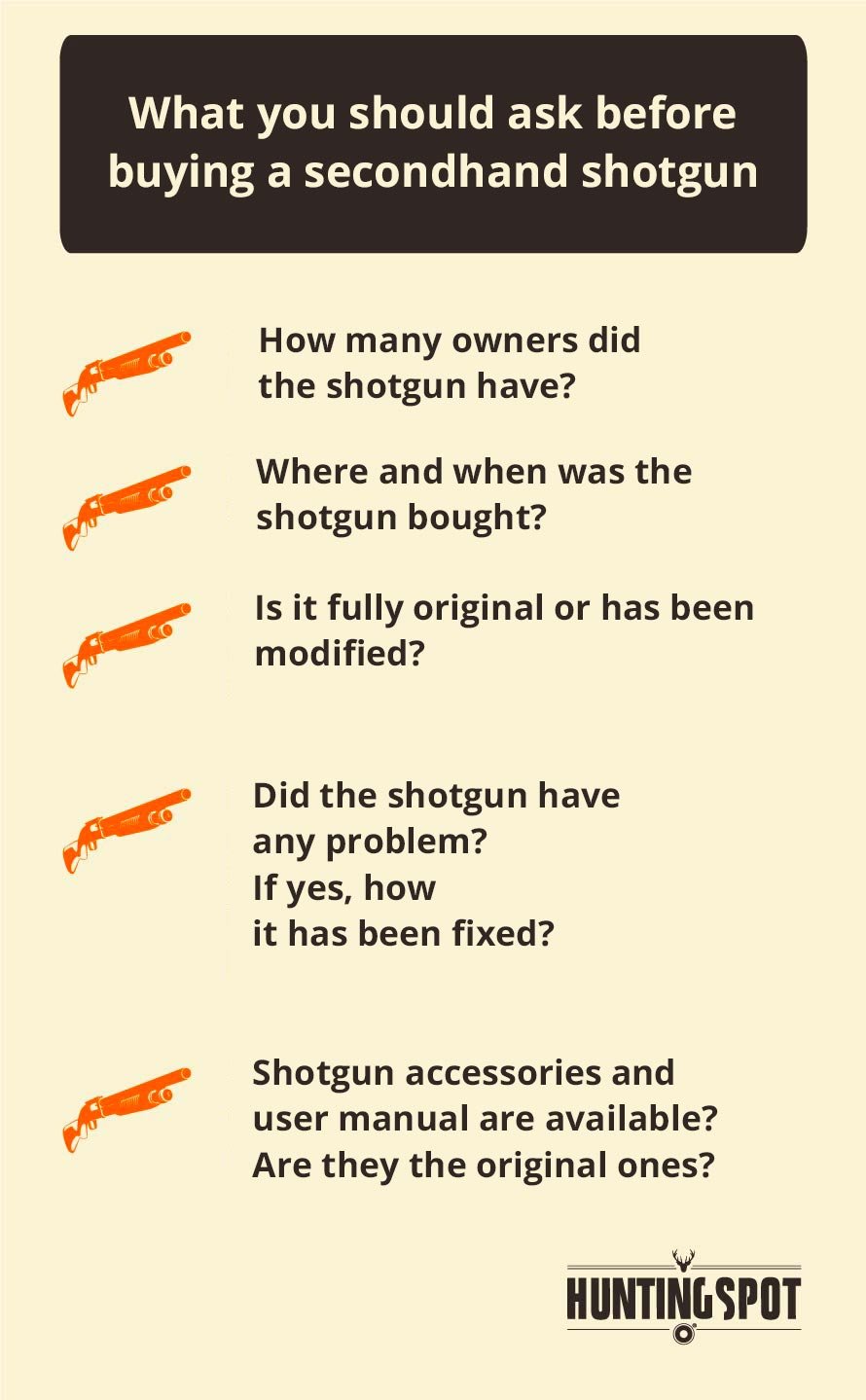
They are of course just some of the questions you might ask before actually making the purchase.
But it’s important to think about the questions and prepare them before going to inspect the gun as this can help you clearly understand what to look out for and any potential problems there might be before buying.
In fact, you can’t always trust the answers you’ll get.
What to look out for when considering a secondhand smoothbore shotgun
As well as the questions to ask the previous owner or gun shop, the best way to evaluate the condition of a secondhand hunting shotgun is of course to inspect it yourself.
So let’s have a look at what you should pay attention to and some potential problems to look out for.
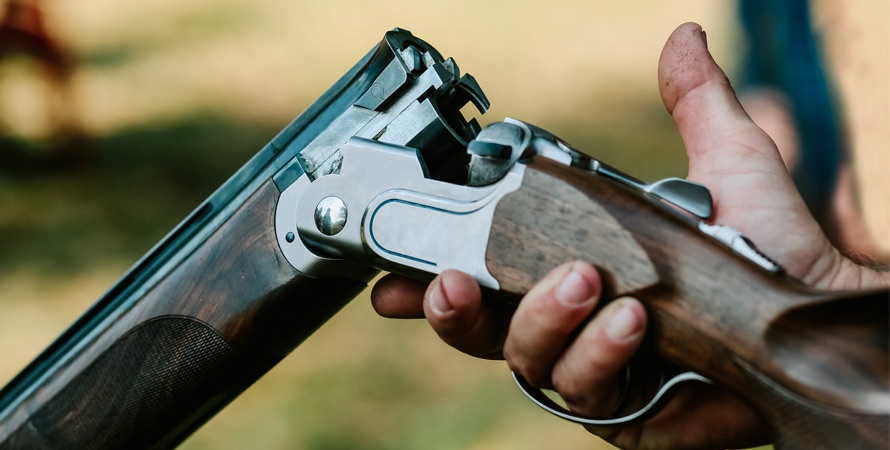
The appearance and external condition of the shotgun
One of the most important points when examining a gun is the outer appearance, with particular reference to the condition of the wood and metal parts and how much wear there is on projecting mechanical parts (buttons, levers, trigger guard, end of the barrel).
A shotgun that looks “almost new” with:
- Wooden parts that have been kept perfectly, with no marks or scratches, big or almost hairline cracks.
- Most of the original finish is perfect as is the bluing of the mechanical parts. The corners aren’t rounded/polished and worn, and the barrel is perfectly blued with its profile intact.
- This certainly goes a long way to convincing a buyer looking for a secondhand gun in a good condition.
But, while the external appearance is often a good indicator of the internal mechanical condition of the gun, in some cases this isn’t true.
Guns used by hare hunters for example will have been slung over the shoulder on hundreds of mornings but won’t have seen much use in terms of the number of shells fired, so these are certainly an exception to the above rule, and may be “ugly on the outside” but with a mechanism that’s almost new.
On the contrary, a gun used with great care and attention in a hide, placed on a rest after every shot might not be scratched or have been knocked about, and can look quite new even after firing thousands of shells in just a few years.
The last but also most important thing to do when examining the external appearance of the gun is to check whether it’s been heavily customized in terms of the size of the stock or, worse still, the barrel.
The condition of the barrels
The barrels of a shotgun represent of course its very core.
The ballistic and hunting performance depends on the barrels, and this performance is what’s important if you want to get the greatest pleasure and satisfaction out of your hunting experience.
There are a few essential things to check when examining the barrels:
- The condition of the tubes, in other words there should be no pitting or deep rusting.
- There should be absolutely no dents or swelling.
- The ribs (if present) should be intact.
- Check the weight to see if it’s been customized in terms of the outer profiles and inner bore diameter.
- Barrel length
For a meticulous examination that’ll be useful to find out whether the barrels are in a good condition or not and still full length, it’s important to check the weight, length, and check the bore and choke sizes with a centesimal dial bore gauge or a series of decimal checkers.

A magnifying glass is a great help for reading bad or incomplete punch marks and for finding small marks that might otherwise go unnoticed.
A short hardwood rod you can tap against the barrel in various points helps check whether the side and top ribs are still perfectly brazed onto the tube, or if they’ve broken away in certain places.
Traces of rust, damage and signs of failure: where to look for them
The most important and critical point you should check is inside the barrels, because once rust has taken hold it can ruin the gun irreparably. The barrels are easily and often subject to the corrosive effect of salts in primers and the erosive effect of the high temperatures developed by the deflagration of gun powder, in particular ballistite.
How do you check inside the barrel?
The first thing to do is to thoroughly clean the bore/s first using a cleaning rod with a metal brush and then a woolen swab. In fact, it’s only when the bores are perfectly clean of any residues of the shots fired that you’ll be able to clearly see what sort of condition they’re in.
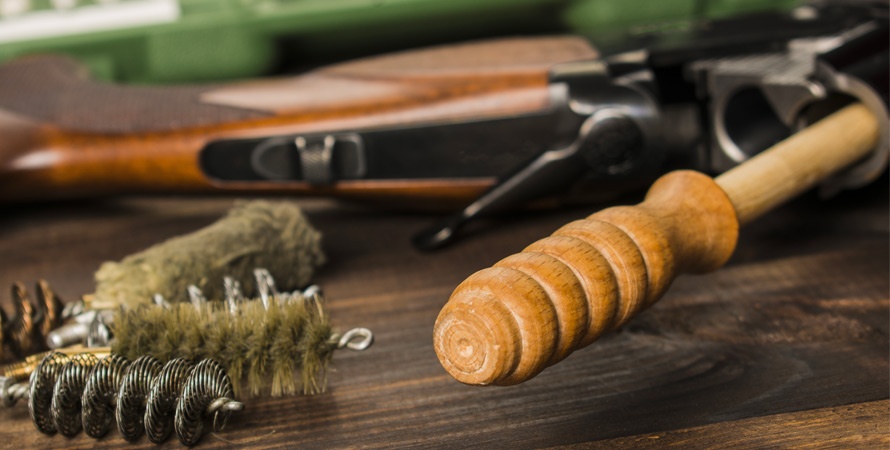
They should be completely clean with no traces of:
- Lead
- Plastic
- Light superficial oxidation
When the bores are perfectly clean, hold them up to a clear, white light, one that isn’t too powerful.
Inspect the barrel by looking through it from the chamber, through the forcing cone, then the final section with the chokes.
Any microscopic flaw caused by corrosion or oxidation will look like a dark mark against the silver reflective surface of the bore to the naked eye.
If you suspect a mark might be some residue of dirt, you can intensify the cleaning in the section in question and then inspect it using a long, thin brass rod to “feel” the mark and check whether it’s a flaw caused by oxidation and/or corrosion.
At the same time you should make sure there are no dents, undulations or swelling, by checking the internal/external profile of the tube.
These are all things that are almost always caused by: dropping the gun or knocking the barrels against something, or firing faulty shells, or shells that are too powerful, or firing a shell in a barrel that’s partially blocked by foreign bodies.
Having excluded the presence of the macroscopic flaws mentioned above, check the barrels haven’t been cut or bored out, or excessively “polished” to prepare them for bluing again.
To do so you have to know the original manufacturer’s barrel length and check this matches the barrels on the gun.
The weight of the barrels is almost always stamped between the test bench punch marks, so you can check whether metal has been removed from the inside or outside of the tube.
You can confirm this with absolute certainty by checking the internal bore and choke values using a centesimal dial bore gauge, an instrument you should be able to find nowadays in any good hardware store, or you can use a series of decimal checkers you’ll find in all the best gun shops.
The condition of the locks on break-action guns
On break-action guns the mechanical stress created by the pressure peaks when the shells are fired have a detrimental effect in particular on the hinge pins between the barrels and the action and on the locking lugs that lock the gun so it can be fired.
It’s therefore very important to check the solidity of the coupling and the lock between the barrels and the action.
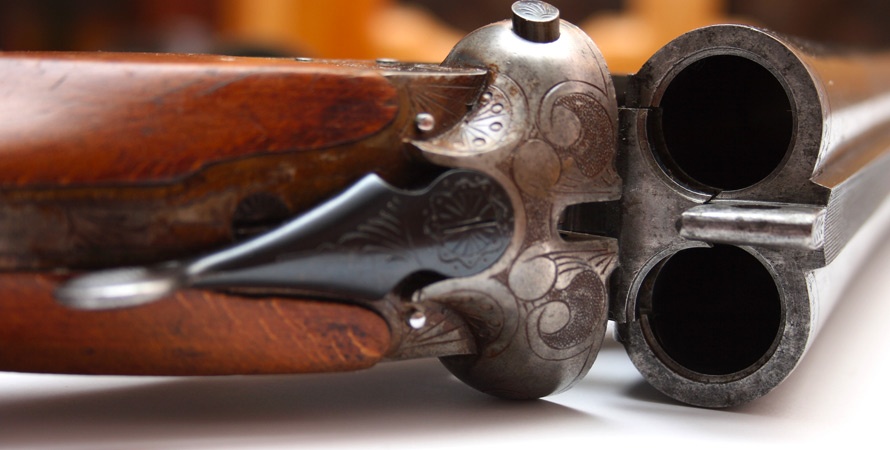
The easiest and fastest way to check if the lock is perfectly “tight” is to check the position of the unlocking lever when the gun is locked and armed.
If the unlocking lever remains a little “open” or in a perfectly central position in the middle, the lock is still in a good condition and there should be very little play or yield.
If on the other hand the unlocking lever tends to move past the middle when locked you can be sure the lock is loose and will need some work done on it.
The most important check is done by simply removing the forend and holding the gun firmly by the stock near the pistol grip, shaking it energetically, with the thumb of your right hand bridging the gap between the barrels and the action.
If the lock is loose, you’ll immediately notice the barrels moving under your thumb.
The operating mechanisms on semiautos and making sure they function properly
You can do this in two phases. You can check the mechanical parts on a bench to make sure the bolt and lock of the gun are working, and then take the gun to the field/firing range to shoot a few shells, carefully collecting and checking the casings that are ejected.
The first inspection of the mechanical parts is done with the gun stripped, checking the condition of the bolt and block lug.
Use a magnifying glass to carefully check these parts for any hairline cracking or worse, larger cracks in the bolt and the tooth of the block lug .
On rotating bolt guns, inspect the bolt and the seat in which the lugs rotate to lock the chamber, thoroughly.
The movement of the bolt with the gun assembled, to the hand of someone who's used to using a semiauto, will show whether the springs that lock these parts are still in a good condition, or whether they’re worn out and need to be changed.
It’s very important for these springs to have the necessary, original force so the bolt and the parts that release the shells from the magazine will move in synchrony, and eject the casing after firing a shot.

Another important thing is to check the magazine on a semiauto to see whether its capacity has been limited to that required by law and make sure the spring and its follower move freely and push the shells with the necessary force.
Lastly, the cut-off button, on guns that have one, must work properly to release or block the shells coming out of the magazine as it was designed to.
The reliability of the mechanical parts, with particular reference to the triggers and the safety
One particularly important check, which must be done on both break-action and semiauto guns, is to check the trigger action and the manual safety or operating safety systems on guns with these systems.
To check the trigger, load the gun with a dummy/inert shell, then try to fire the gun with it pointed in a safe direction assessing the amount of force required to release the firing pins.
A safe trigger pull action shouldn’t usually be less than 1,100 / 1,200 grams and the trigger action should be clean and predictable as you pull it.
You should perform the same check after loading the gun with live ammo, but with the safety on. Obviously the gun shouldn’t fire.
Another check that’s just as important is performed on guns with external hammers to check the function and safety of what’s called the “rebound”. In this case when the hammer isn’t cocked, if you press hard on the rear of the hammer it mustn’t touch the end of the striker. Obviously check this on both barrels.
The last check is done with the gun loaded with dummy/inert shells, knocking the butt of the stock lightly on a soft piece of wood to check the hammers aren’t accidentally released.
Wood (stock and forend) and the condition of the same
The last thing to do is to check the condition of the stock and forend on the gun you’re thinking of buying. This is something you can only do by eye and if possible with the wooden parts dismantled.
The points most likely to show signs of cracking are at the two ends of the forend and where the stock fits onto the receiver.
Any cracks will appear as dark lines, the length of which is a sign of how bad they are.
If you can dismantle the wooden parts you can check them by applying force to try and open the crack to check how bad it is.
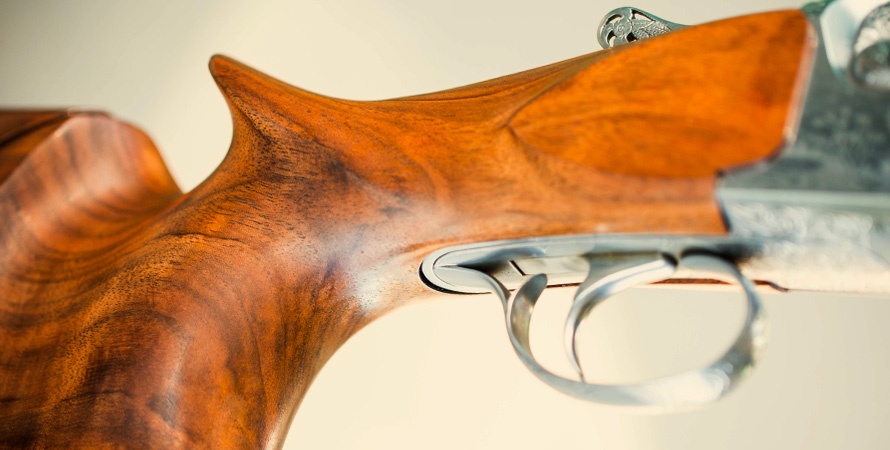
If you don’t want to change the stock on a gun you’re going to buy you should look carefully for any cracks and check its dimensions, to make sure it hasn’t been shortened excessively by the previous owner.
A normal stock length from the center of the trigger to the center of the butt pad should be between 355 and 370 mm.
Never be in too much of a hurry to close the deal!
Even if you really like one particular secondhand gun you’ve seen and checked, try to be patient rather than impulsive, because if you rush into the deal you could pay a bit more for the gun.
There’s nothing wrong with saying you’re interested in the gun but would like to think about it first before buying it. In the meantime, now you know what condition the gun is in, you can look for parts and reviews for the gun online also to see whether it’s worth the price they’re asking.
This way you’ll know if the price of the gun, for the condition it’s in, is fair and if it is you’ll be sure you’re buying the right gun for the right price!

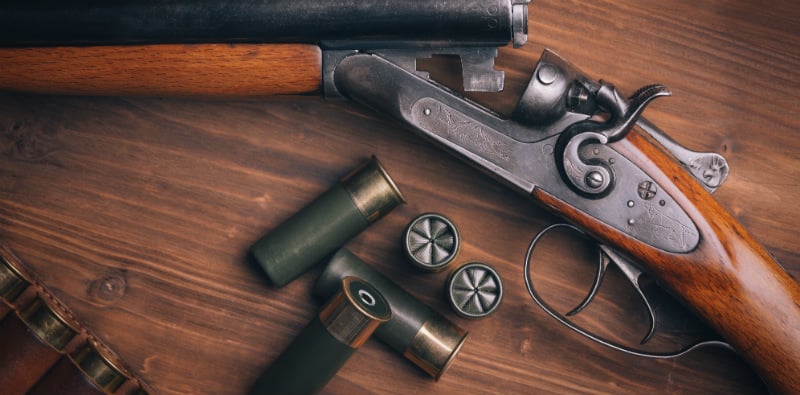


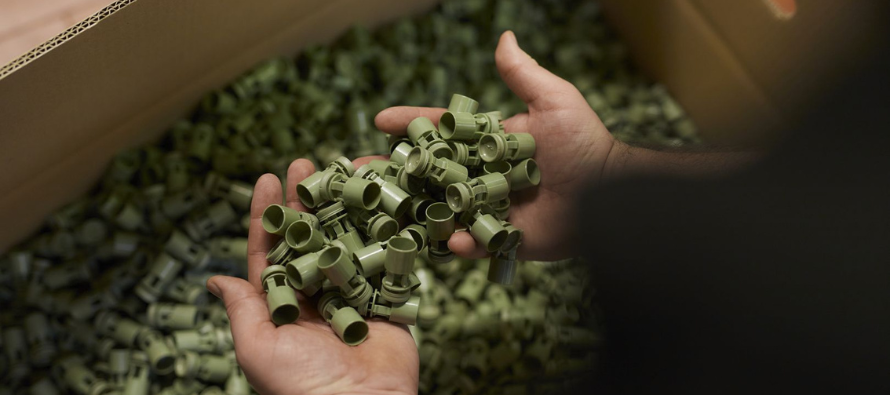

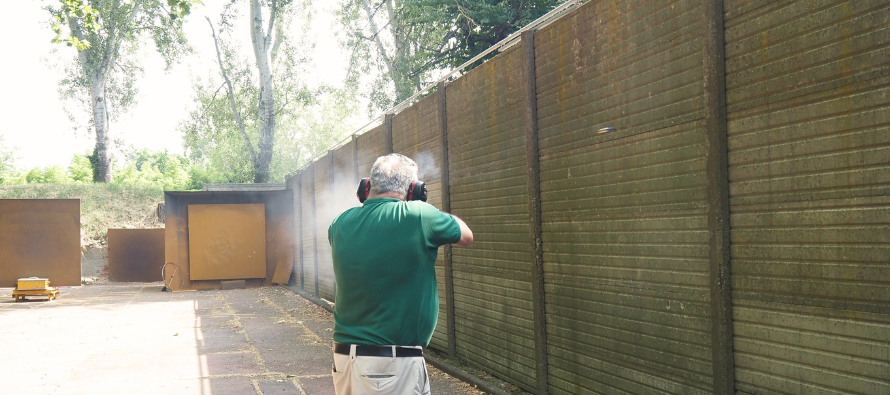
Comment this post